
Hi, I'm Adam
Media Artist & Educator
I am a PhD Candidate at the University of California, Davis. I design and build alternative controllers (AltCtrl), interfaces, and media systems with extended reality, haptic, and artificial intelligence technologies. I also have an interest in examining performativity in modern forms of digital information subterfuge and teach a reoccurring virtual reality production class at UC Davis.
01 Selected Work
in(A)n(I)mate is a project I co-created and wrote about with Avital Meshi. It is an interactive AI-driven system that invites participants to speak with objects. The piece showcases an innovative use of GPT’s multimodal feature, through its ability to recognize objects in an image and generate responses in their style. in(A)n(I)mate provokes a discussion about human relationships with inanimate matter, and considers the role of non-human agents in mediating and animating objects.

02 Publications
Avital Meshi & Adam Wright. In(A)n(I)mate: AI-Mediated conversations with Inanimate Objects. Proceedings of the ACM on Computer Graphics and Interactive Techniques Volume 8, Issue 3 Article No.: 36, Pages 1 - 6, July 16, 2025 https://dl.acm.org/doi/10.1145/3736787
03 Teaching
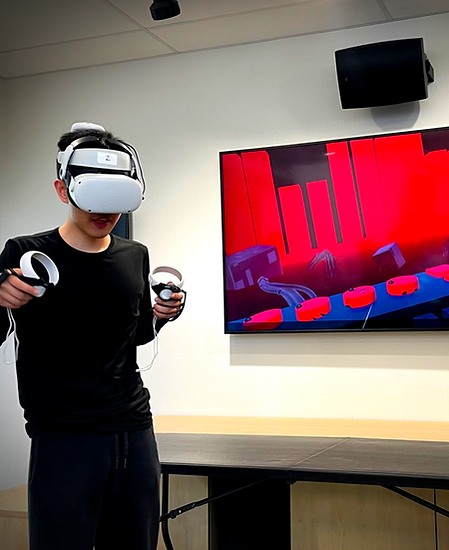
2022-Present
Associate Instructor
As a result UC Davis's growing need for game development and media computational content, I was offered the opportunity to design and instruct a virtual reality production course. Although the cultures and practices surrounding contemporary video games often celebrate fantasies of disembodiment--the dynamic image, the dream of immersion, the mastery of control, the dark theatrical proscenium arches of our traditional digital devices--the body matters when we play. In this practice-based technical art studio course we explore, create, and experiment with the medium of virtual reality. While engaging both foundational work in technical perceptual technologies--as well as the study of human experience and psychology of affordances--students learn the tools and tricks of building their own VR experiences as performative, poetic, or artistic interventions. To this end we use Unity Engine, C#, Unity’s XR Interaction Toolkit, and the Meta Quest 3 platform.
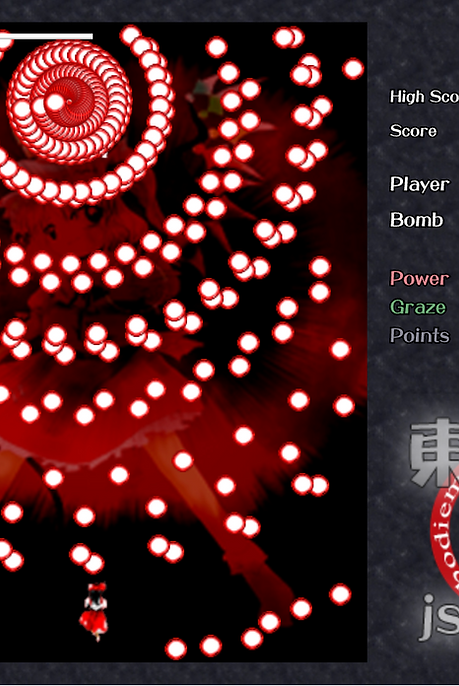
2025
Media Computation
Teaching Assistant
Media Computation is a course created by Dr. Michael Neff at UC Davis, and is a required course for CDM students. I Instructed four sections in support of Dr. Joshua McCoy, who temporarily instructed it. This course focuses on both understanding how visual media are represented in computers and how they are manipulated and generated programmatically. It introduces students who may have no background in programming to simple programs with clear graphical output, written in the p5.js JavaScript library. JavaScript with p5.js is a computer language and environment designed for artists that provides a simplified yet powerful interface. By first manipulating sample programs, students learn the connection between the commands and the generated output. They will then move towards developing their own programs for manipulating and generating media. Students also study how media – images, sound and movies – are represented, stored and transmitted in/by computers. This gives students a solid basis for understanding digital media, and more generally, how computational processes operate. The programming concepts transfer well to other languages and other tasks.

2022-Present
Media History
Teaching Assistant
Media History: From Print to Code is a required CDM course created and developed by Dr. Colin Johnson for which I teach sections. This course provides a background knowledge into the concurrent development of media technologies and society from the printing press through the first analog and digital computers in World War II. We focus on significant inventions, the peculiarities of their social and cultural transmission, and their attendant political effects. Starting from writing technology, we move through the arrival of movable type, maps and navigation devices, optical tools, and early communication networks. We attend to how technological and media artifacts affected the perception of time and space, the production and distribution of knowledge, and the forms of work and leisure in society. While mechanically reproduced, mass media technologies such as the printing press, photography, cinema, radio and early computing form the nucleus of our focus, special attention is given to the cultural contexts and heterogeneous variables that led to specific material practices. This historical study draws from multiple methodologies, allowing for the construction of a complex picture of the inter-related domains and phenomena, and historiography.
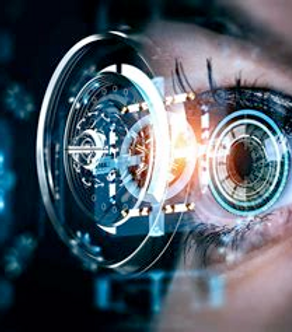
2023-Present
Media Theory
Teaching Assistant
Media Theory is a course created by Dr. Timothy Lenoir at UC Davis, and is a required course for CDM students. I Instructed sections in support of both Dr. Lenoir and Dr. Colin Johnson, who temporarily instructed it. This upper division course serves as an introduction to contemporary concepts, writings, debates and technologies that form the theoretical backdrop to media studies as a field. This course engages key contributions to an interdisciplinary study of media technology by pulling from work in science and technology studies, philosophy, psychology, film studies and critical theory. While this study attends to important movements in critical theory (e.g. from semiotics and psychoanalysis to poststructuralism and posthumanism) our focus will be on the material, perceptual, epistemological, aesthetic, subjective, and political relations of media technology.
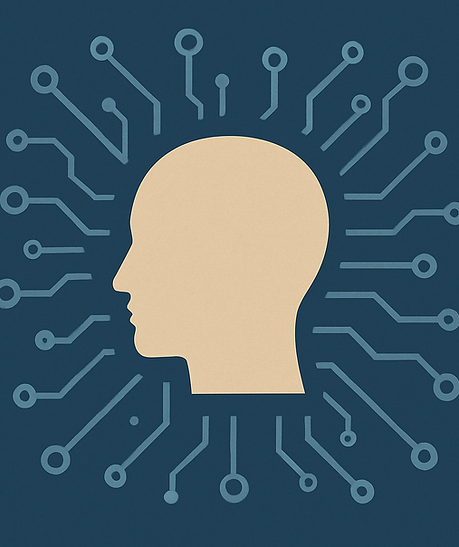
2024
Ethics in the Age of Technology
Teaching Assistant
Ethics in the Age of Technology proposes to create an experimental space to practice the inverse of Silicon Valley’s ethos—“move slow and fix things.” We live in an era where computational technologies and computational thinking have achieved a form of social and material ubiquity. It is, therefore, imperative that we ask ourselves to what degree our inherited definitions, metaphors, and habits of thought are internal to the problems we currently face. The human / technology relationship is at best a "mixed bag," However, ethical examinations of technology require us to pay special attention to the harm, violence, and general damage technology causes--collateral and otherwise. It is in this context that we develop an appreciation for how this is often normalized or deemed exceptional "bugs" rather than historical or systemic "features." Here we take a rare opportunity to pause, breathe, step back, reflect, and consider the roots of the crises we confront.
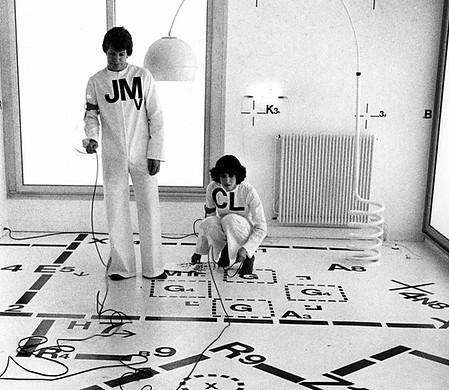
2021
Surveillance Studies
Teaching Assistant
Surveillance Technology & Social Media is a course designed and instructed by Science & Technology professor Dr. Finn Brunton at UC Davis. This course examines the ubiquitous presence of surveillance technology, like CCTV, face recognition software, global tracking systems, biosensors, and data mining practices that have made surveillance part of our daily life. While engaging critical scholarship that examines surveillance, the class included film viewings of surveillance-related cinema as an counter practice. Very simply, this course studies the boundaries between security and control, information and spying.

2021-2023

.png)


